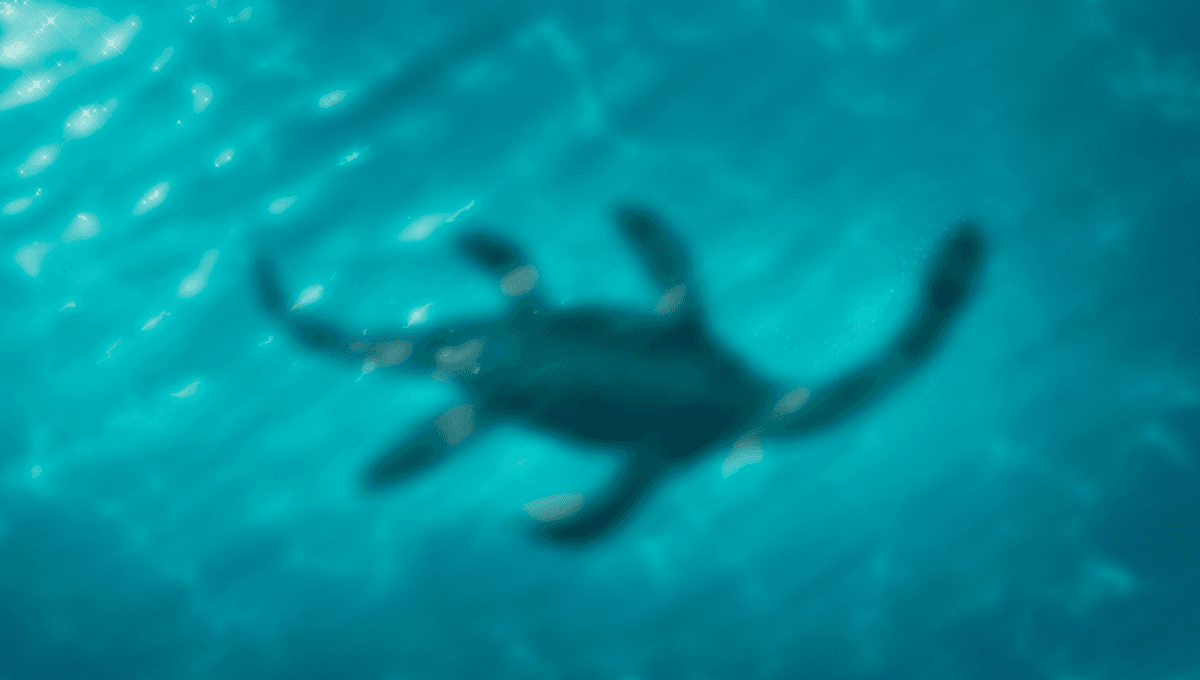
For some reason, 2023 was the year that people decided that the Loch Ness Monster has been fannying around for too long and it’s time to show its face.
A huge hunt took place over the weekend for Nessie, the beast first “photographed” 89 years ago and which occasionally turns out to be a fish. The team of citizen scientists from around the world searched, among other methods, by watching the surface of the loch for two days, figuring that it would need to come up for air at some point.
“Over the weekend, surveying equipment that has never been used on Loch Ness before will be enlisted to uncover the secrets of the mysterious waters,” the team wrote on their website. “This includes thermal drones to produce thermal images of the water from the air using infrared cameras, as observing heat from above could provide a crucial component for identifying any mysterious anomalies.”
“Finally, a hydrophone will be used to detect acoustic signals under the water, listening for any Nessie-like calls, as well as further technology in the hunt for the truth.”
While the results from the weekend are yet to be announced by the team, a few details from the hunt have come out. On Friday, while the team was setting up, they reportedly heard some promising noises coming from the loch; four distinctive “gloops”.
“We all got a bit excited,” Alan McKenna from the Nessie-hunting group Loch Ness Exploration told the BBC. “Ran to go make sure the recorder was on and it wasn’t plugged in.”
As cool as it would be to find the mythic creature, though, most previous sightings have turned out to be hoaxes or other animals mistaken for the monster, or sometimes a bloom of algae and zooplankton. Unlike Nessie, waiting underneath the loch for all the gathered amateur sleuths to leave, we wouldn’t hold our breath.
Source Link: Noises Heard In Biggest Hunt For The Loch Ness Monster In 50 Years